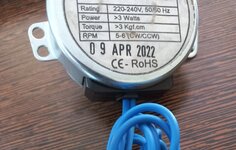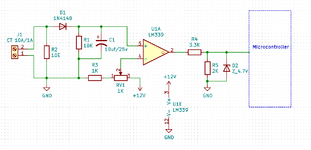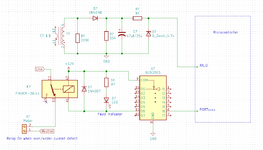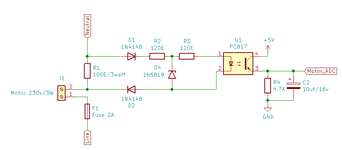Ranbeer Singh
Full Member level 5
- Joined
- Jul 30, 2015
- Messages
- 259
- Helped
- 22
- Reputation
- 44
- Reaction score
- 22
- Trophy points
- 1,298
- Location
- Faridabad India
- Activity points
- 3,266
Hell experts,
I have a 230vac 3watt motor and want to sense it's current for over current protection. I can not use a current transformer available in market due to very low power consumption and less accuracy. Motor nominal current will be approx 0.012A to 0.02A.
Please suggest me a better circuit.
Thanks in advance
I have a 230vac 3watt motor and want to sense it's current for over current protection. I can not use a current transformer available in market due to very low power consumption and less accuracy. Motor nominal current will be approx 0.012A to 0.02A.
Please suggest me a better circuit.
Thanks in advance



